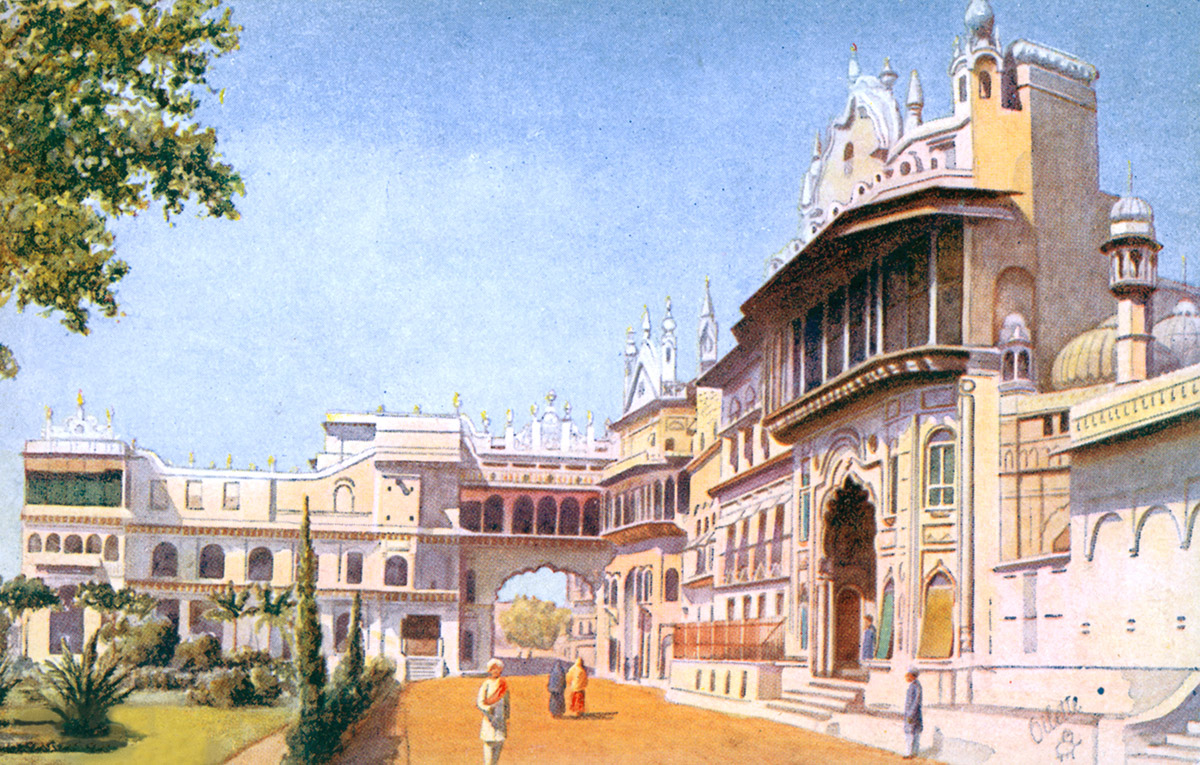The flamboyant colours of Bhopal excite every visitor at an exponential rate. Knitted by a reign of successful leaders, Bhopal is a place that should be on every travelers list. Bhopal, on its own, came into existence only during the reign of the illustrious Paramara King of Malwa, Raja Bhoj, who founded the city in the 11th Century AD. To secure his eastern frontier, he built a dam, creating the beautiful Upper lake or Bada Talab. The fight for supremacy in this area began with the ascendency of the Delhi Sultanate, leading to the end of the Paramaras dynasty in the 13th Century.
Regaining its existence in the 18th Century, it became the ruling ground of Dost Mohammed Khan, an Afghan soldier serving in the Mughal Army. Dost Mohammed Khan established the erstwhile Rajput state, Jagdishpur as his capital and named it Islamnagar. At times, it is also referred as the forgotten Afghan capital. After the death of Dost Mohammed Khan in 1726, the military might of his successors was often put to test by the Pindari marauders and Maratha chiefs. To ensure the safety of their interests, the Nawabs then finally signed the treaty of Dependence in 1817. The glorious phase of Bhopal’s history, however, was yet to begin.
Begums of Bhopal, also addressed as Nawab Begums of Bhopal
Qudsia Begum
In 1819, an interesting turn came in the history of Bhopal. The first female ruler of Bhopal, Qudsia Begum, came to power at the age of 18 after the accidental death of her husband. Even though she was illiterate, she was brave and abolished the purdah system. She anointed her 2 years old daughter, Sikander, as her successor.
It was said that she cared so much about her subjects that no one in her kingdom went to bed hungry. Qudsia Begum ruled till 1837 and built Jama Masjid and the exceptional Gauhar Mahal.
Sikander Jahan Begum
With her characteristic zeal and administrative ability, Sikander Jahan Begum introduced several reforms such as providing proper roads, lighting, and opening schools. She was also the one to enforce the law that if a girl is born into the royal family, only she and not her husband can succeed as a nawab. She also built the Moti Masjid, Moti Mahal and Shaukat Mahal during her reign.
Shah Jahan Begum
The successor of Sikander Jahan Begum was fond of architecture and built a vast mini-city, Shahjahanabad. Being a patron of arts, poetry, and music, she authored several books in Urdu and carried out the first-ever compilation of the history of Bhopal in a book called, Tajul Iqbal. She gave the city its waterworks, hospitals, postal system, printing press, and railway system and enforced several legal reforms for her Hindu subjects and their properties. Taj-ul-Masjid, Sadar Manzil, and Taj Mahal palace are some of the stunning architectures erected during her reign.
Kaikhusrau Jahan Begum ‘Sarkar Amma’
Sultan Jahan Begum succeeded her mother in 1901 and further advanced the emancipation of women with education and employment. She also authored several books and became the first President of the All India Conference in Education and the first chancellor of Aligarh Muslim University. Sultan Jahan Begum preferred a quiet and serene environment outside of the city, which is why she developed her walled mini-city, named Ahmedabad after her late husband. The city was situated at Tekri Maulvee Zai-ud-din, located a mile away from the city. She also built Qaser-e-Sultani (now Saifia College) and developed a garden called ‘Zie-up-Abser. Apart from her palace, Sadar Mazil, she also constructed a new palace called ‘Noor-us-Sabah’, now known as a heritage hotel.
With her glorious rule, the reign of Begums came to an end. She was then succeeded by Nawab Hamidullah Khan in 1930.
Minto Hall – A Landmark from the Era of Legends
The Begum Nawabs of Bhopal have always played a significant role in the development of Bhopal. Whether it is introducing marvelous architectures, beautiful buildings or decorations, the state of Bhopal recites their contribution. Continuing the long history of development of Bhopal state, Nawab Hamidullan Khan completed the construction of Minto Hall in 1936.
Over the years, after completion, the building was used for various purposes including headquarters of Bhopal Army, police headquarters, Hamidia College, girls’ hostel and set for various films. After the independence, it became a natural choice for Assemble Hall for MP State Government due to the fact that it had the biggest column-less hall.
Today, the building has been renovated for its adaptive use as an International Convention Centre where the main hall is used as a multipurpose hall for State functions including felicitations, banquets, conferences, etc. The building has two Meeting Rooms, two Committee Rooms, a Board Room and a Media Centre.
For more details please visit: www.mptourism.com
First Published: September 01, 2022 4:08 PM




